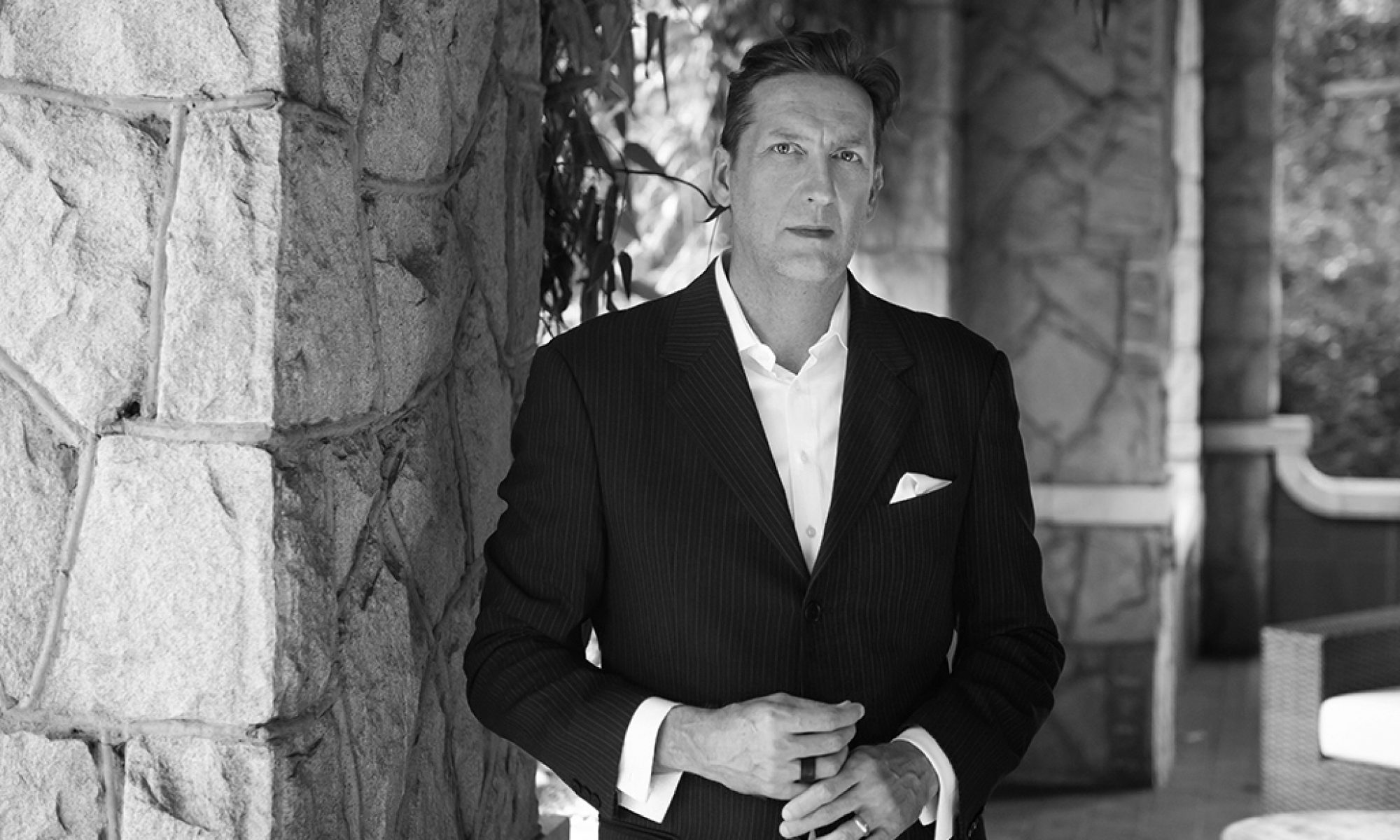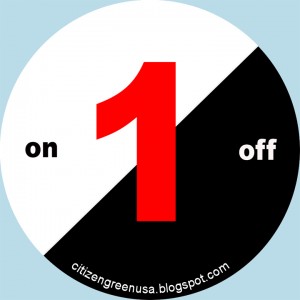Lots of discussions this week about art (imagine that), so I thought it might be a good time to share this site, built by a friend of mine. She’s showing some of the green things you can do in your own life, home and work, and it’s all pretty nifty. In fact, LK’s pretty nifty herself.
She’s adamant about referring to herself as a graphic artist, as though the term artist held some other, reserved connotations (imagine that). She’s a painter, who works by hand – politely sidestepping the term artist while elevating your/her experience. It brings to mind how people throw things around, including that word, so carelessly. But judge for yourself. What she calls graphic design blurs into fine art so seamlessly, you wouldn’t think there is even a difference. No gimmicks necessary. It’s the opposite of the decorations many people attempt to pass off, that hold all the wonder of road signs to blah.
Her Citizen Green antics are only an extension of this, like everything else in her life. Enjoy.



